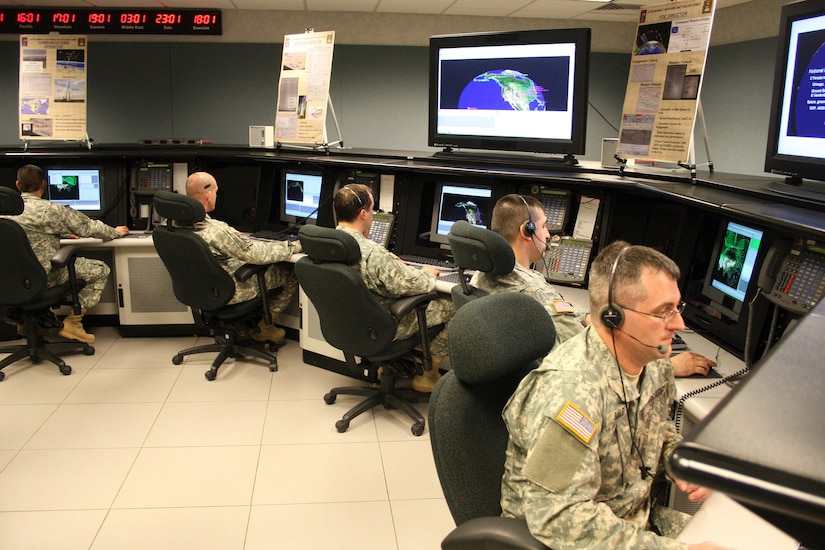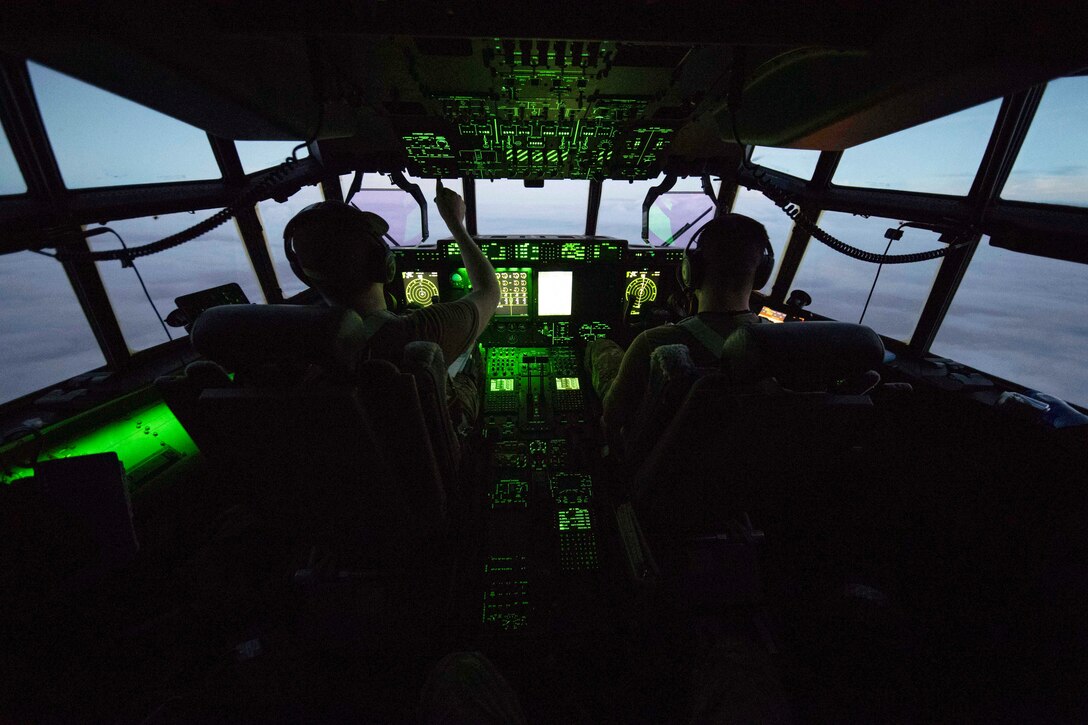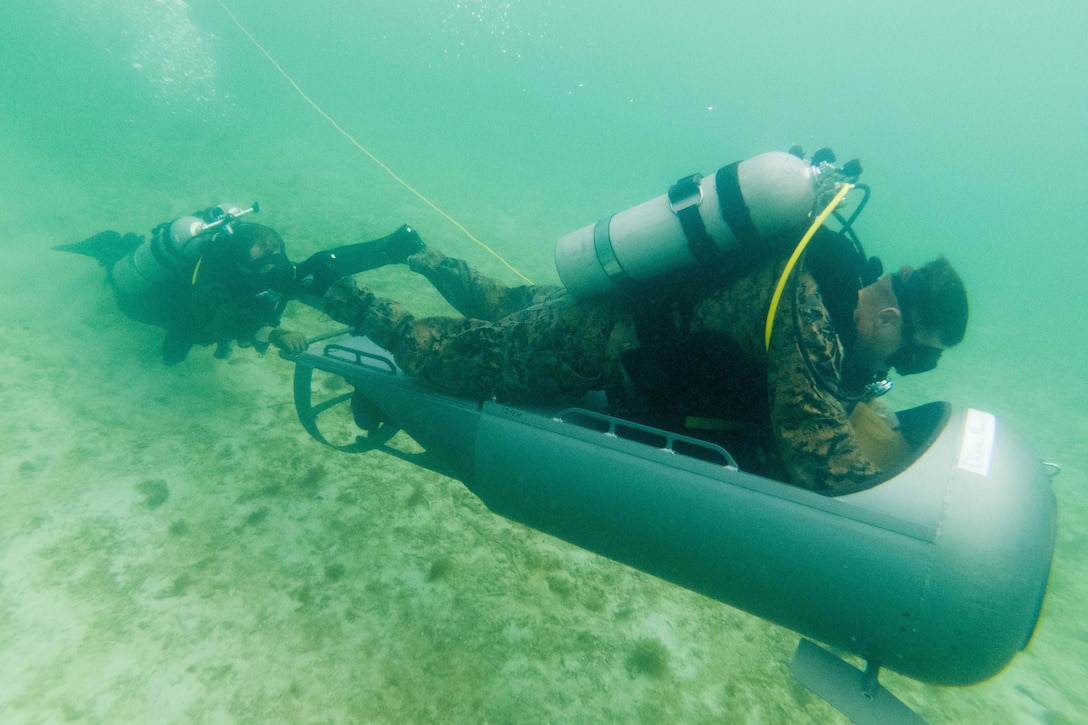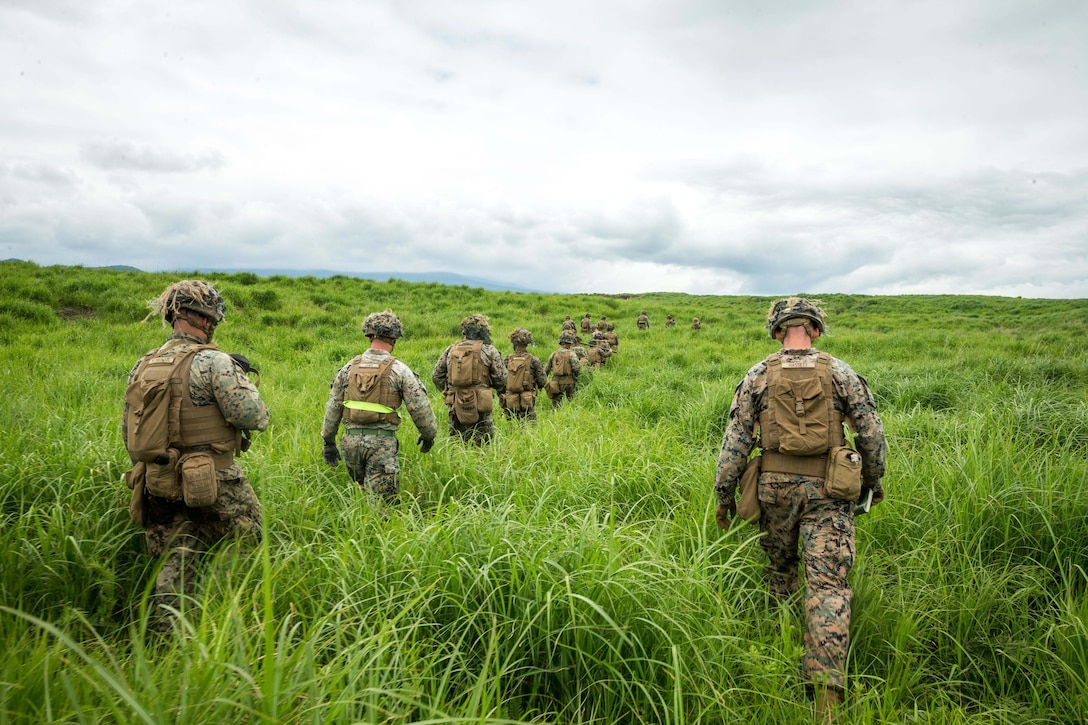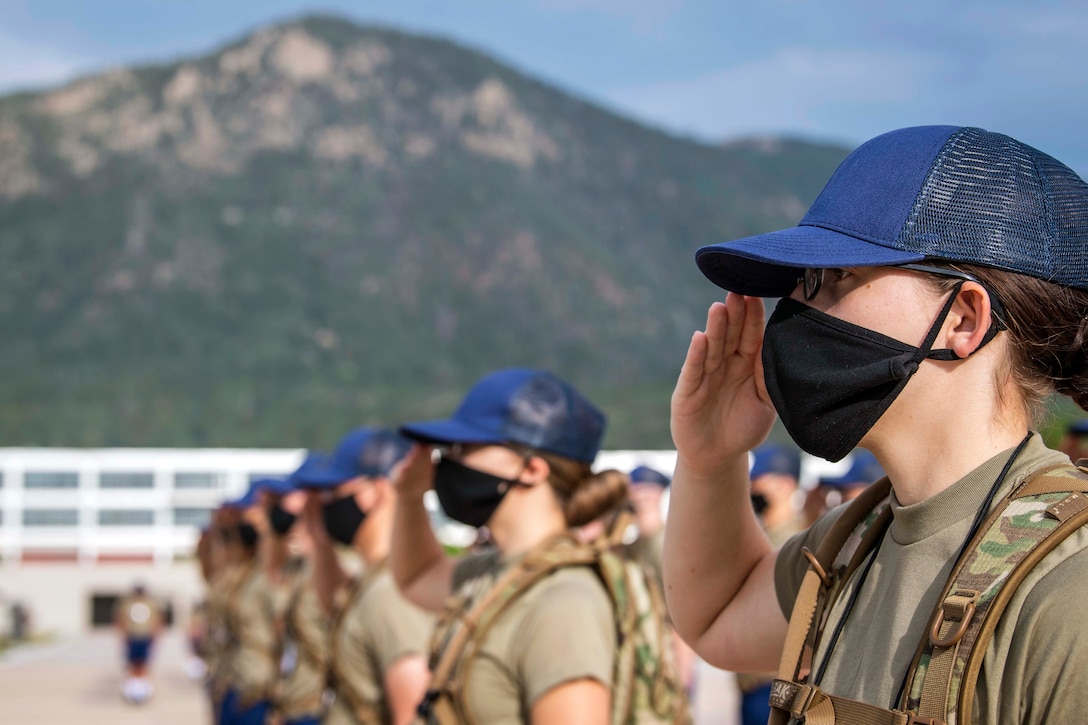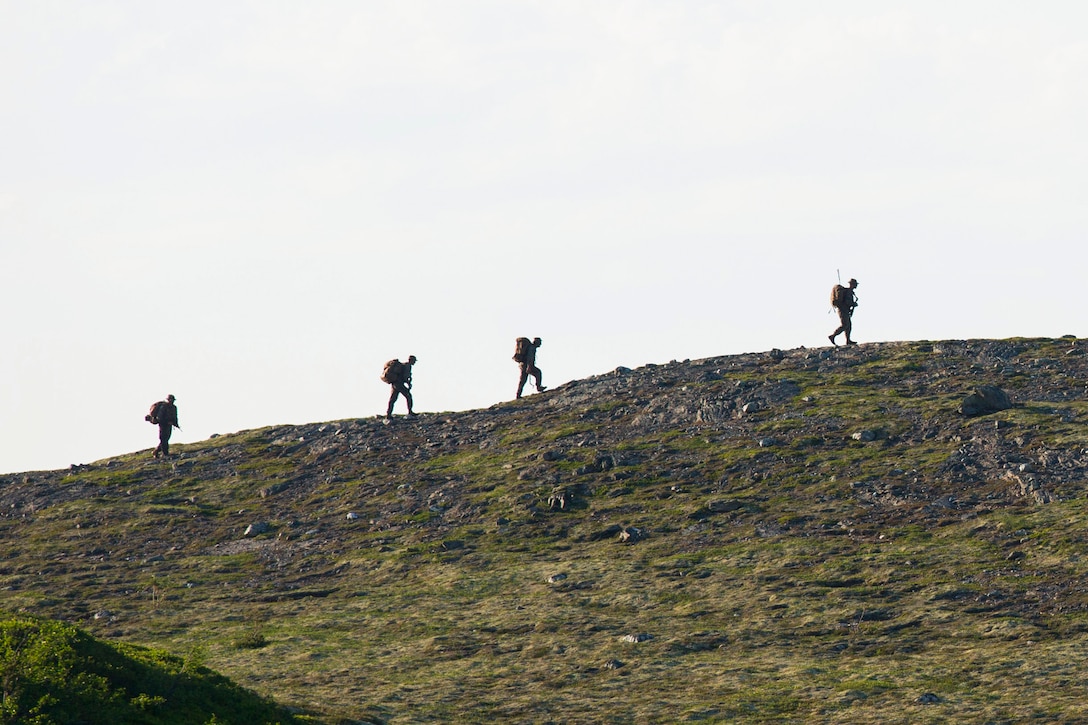Like so many units at Hill Air Force Base, Utah, the 309th Maintenance Support Group has had to adjust its battle rhythm due to COVID-19. The unit is working hard to ensure other teams within the Ogden Air Logistics Complex can continue to support their critical missions while keeping employees safe from the coronavirus.
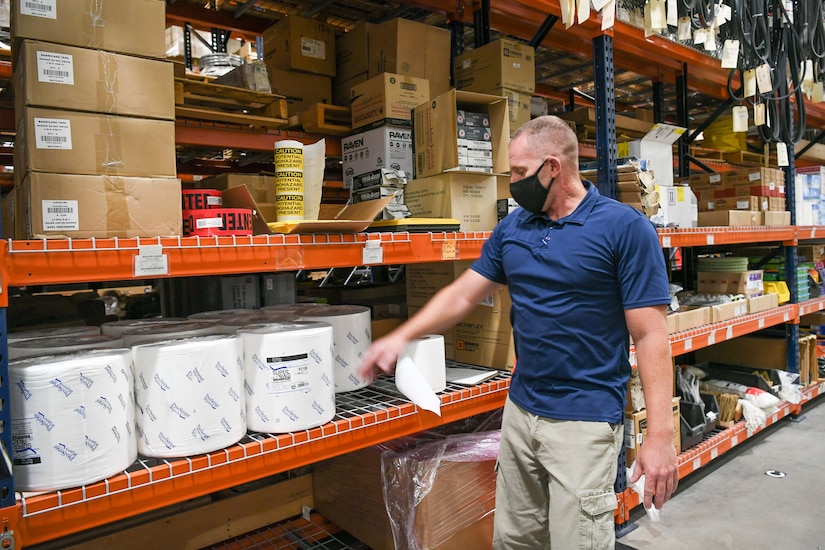
Gene Kourtei, the deputy group director for the 309th MXSG, said that although it's been a challenge, his team has been successful in elevating and achieving the three priorities of keeping employees safe, continuing to meet mission demands and exceeding customer expectations.
"We've worked really hard, and I'm proud of our entire team," Kourtei said. "We've significantly limited the effects of the pandemic to our most important resource while optimizing how we perform business in a constrained environment. I’d like to think a lot of that is due to the deliberate, quick and proactive methodology."
The approach started with using processes already in place to become the central supplier for the entire complex for necessary items such as masks, hand sanitizer and disinfectants.
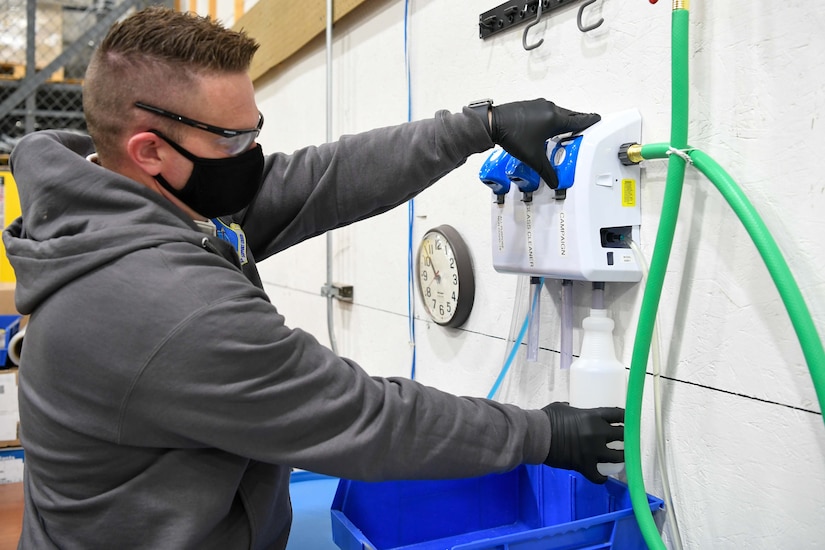
"We were able to supply everyone in a quick manner," Kourtei said. "We did a great job of purchasing what we could find as fast as we could and distributed those critical items throughout the complex as rapidly as possible."
The unit's engineering team was tasked with developing a response plan in the event of workplace contamination. The team developed a comprehensive checklist that postured the complex to be ready to respond to a multitude of different scenarios. Kourtei said being prepared and transparent at every level has helped employees feel comfortable and safe.
Perhaps the biggest challenge, he said, was developing a teleworking posture.
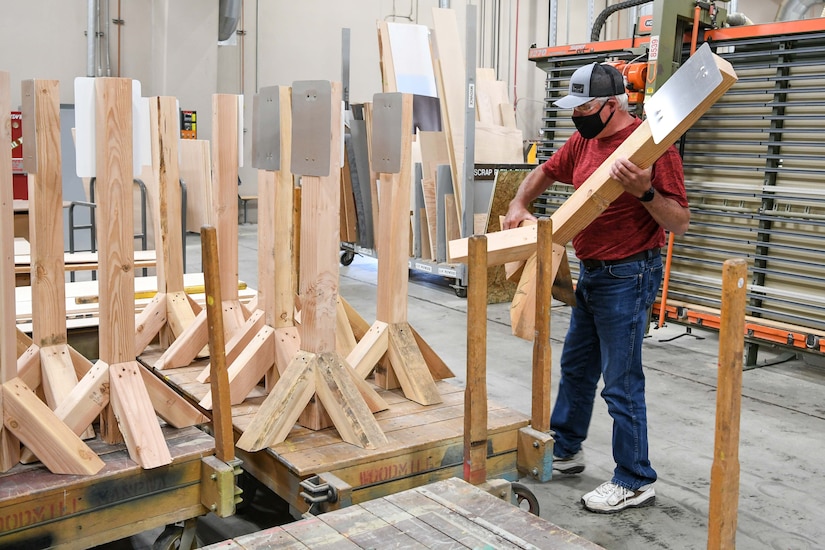
"Historically, we have never teleworked," Kourtei said. "Moving from no telework to full telework was a test of the complex's agility. Our ability to pivot to that environment was as good as you could ask for. We have kept and continue to keep our employees safe with robust cleaning plans and protocols. I believe the customers didn’t feel much, if any, impact. Our job moving forward is to maintain it that way."
Kourtei said they are ready and prepared to support the complex for as long as needed. They've worked hard to improve communications and have developed solid processes for keeping employees and their worksite environment COVID-19 free while ensuring warfighter demands continue to be met.
(Kendahl Johnson is assigned to the 75th Air Base Wing.)

